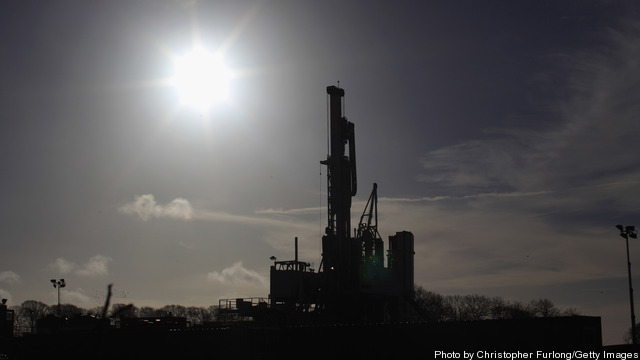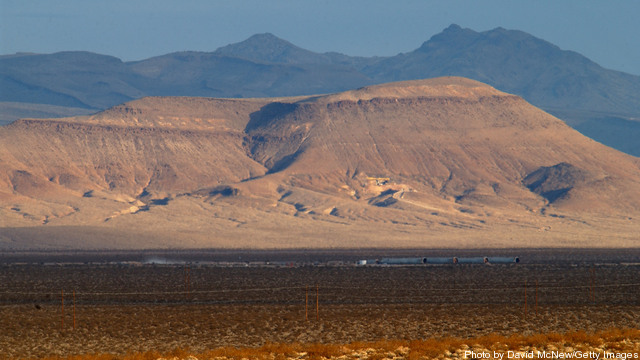By Kiran Moodley Following UK firm IGas’ news that a larger amount of shale gas than previously thought may be available in the north of England, the British Geological Survey (BGS) has urged caution. IGas said there could could be between 15 and 170 trillion cubic feet (tcf) of gas in an area of 300… Keep reading →
Regulation
Sign up and get Breaking Energy news in your inbox.
We will never sell or share your information without your consent. See our privacy policy.Lower medium-term crude oil prices could act as a tax cut on US consumers The North American energy world has been turned on its ear in recent years – a pressing need to build natural gas import facilities has become an export discussion, as gas and oil output significantly increased taking most industry observers by… Keep reading →

Virginia may become the first state to actually have an operating offshore wind farm in the water. While approval from the U.S. Coast Guard and Army Corps of Engineers is yet to be given, the state could have a 479-foot tall in the water and under test about three miles off Cape Charles on the state’s eastern shore by late next year.
In February, the Interior Department said environmental reviews for wind energy areas off the coasts of Delaware, Maryland, New Jersey and Virginia did not foresee any “significant environmental impacts” from offshore wind farms. Keep reading →

Small modular reactors are not a substitute for the familiar 1,000-plus-megawatt reactors, says Tennessee Valley Authority Chief Operating Officer William McCollum, any more than the iPad is a substitute for a laptop computer or a cell phone. Instead, he said, SMRs, like iPads, are creating a whole new niche for nuclear.
Supporters see them as safer than the big plants, cheaper, requiring less time and up-front investment to build, and, longer term, pioneering in nuclear nonproliferation and spent fuel disposal technology. Some designs have the potential to bring electricity to isolated and water-short communities. Keep reading →

Utility commissioners renewed their request to an appeals court to force the Nuclear Regulatory Commission to make a decision on whether spent nuclear fuel can be safely stored at Yucca Mountain in Nevada.
The National Association of Regulatory Utility Commissioners (NARUC), together with the states of Washington and South Carolina and two counties in Nevada, said in a court filing on September 16 that the NRC has delayed a decision on the disposal of nuclear waste at the Nevada site, and shows no sign that it will reach any conclusion in future. Keep reading →

Last week’s release of the White House’s Policy Framework For The 21st Century Grid signals that the national policy focus will shift back to energy in the coming months. This development is welcome news to a transmission industry that has weathered the ambiguity created by the absence of a national energy policy for years. It is smart for the Obama Administration to focus on our energy grid – a vital piece of infrastructure that is long past due for an upgrade, but a focus on “smart grid” technologies may be putting the cart before the horse.
Americans now rely on an antiquated grid that is used in ways it was never intended to be used. The majority of the existing transmission system was built more than 30 years ago and has received incremental investment since. Consider these facts: Keep reading →



